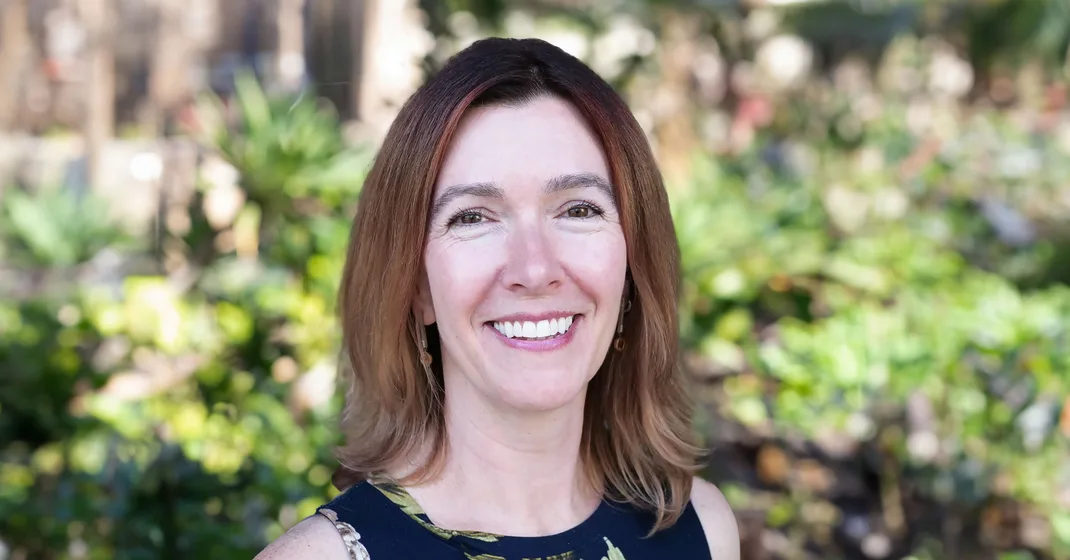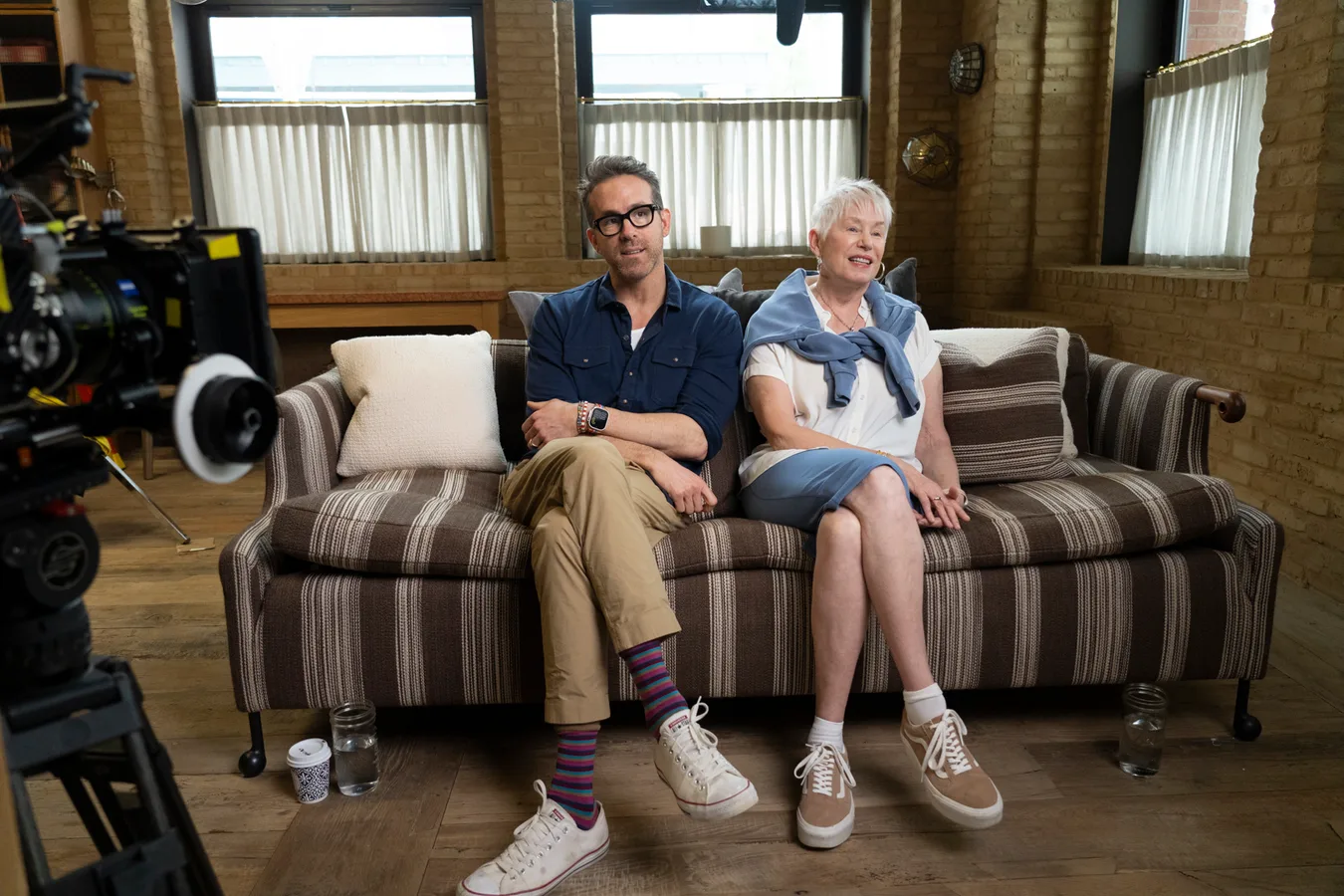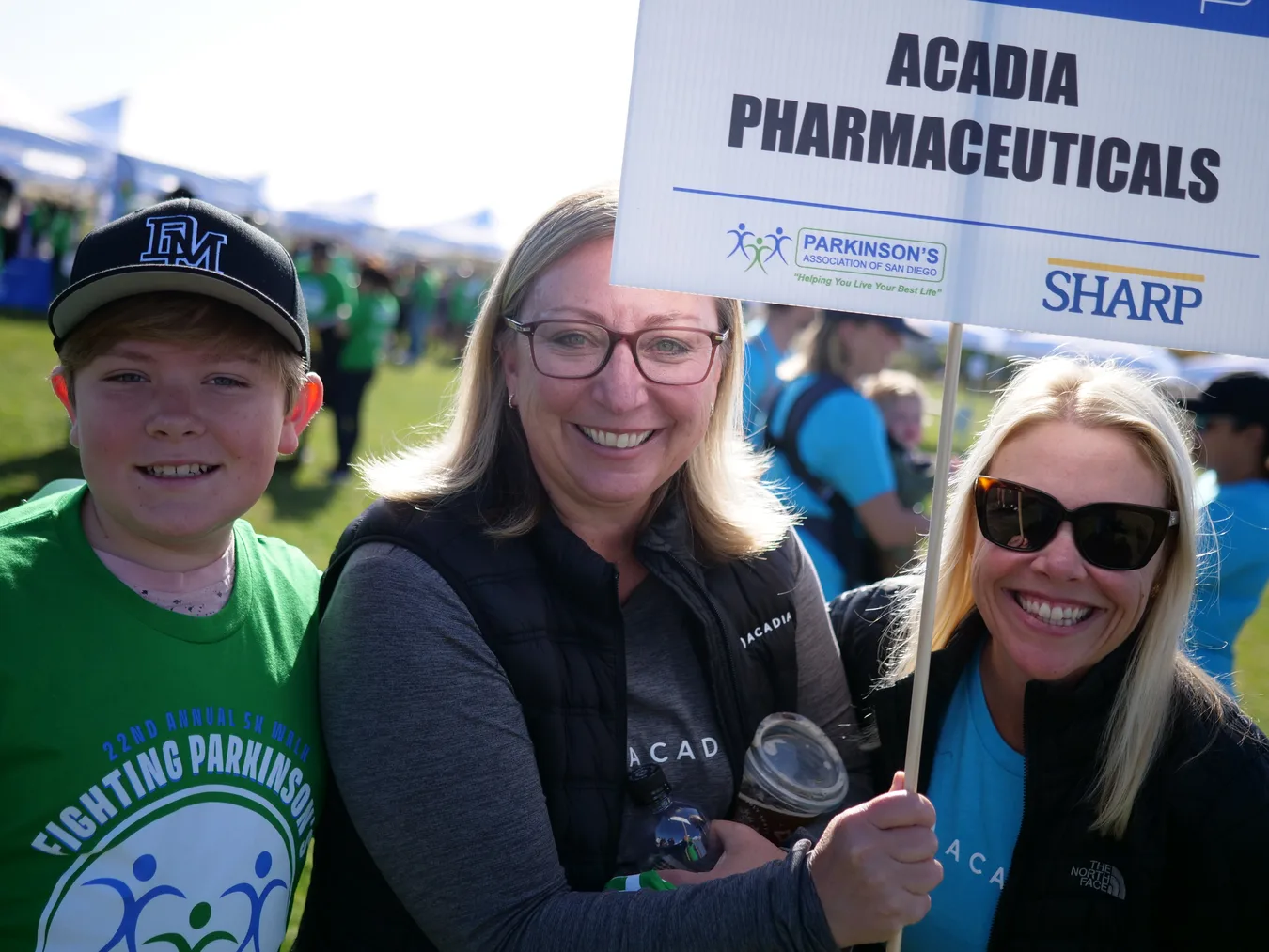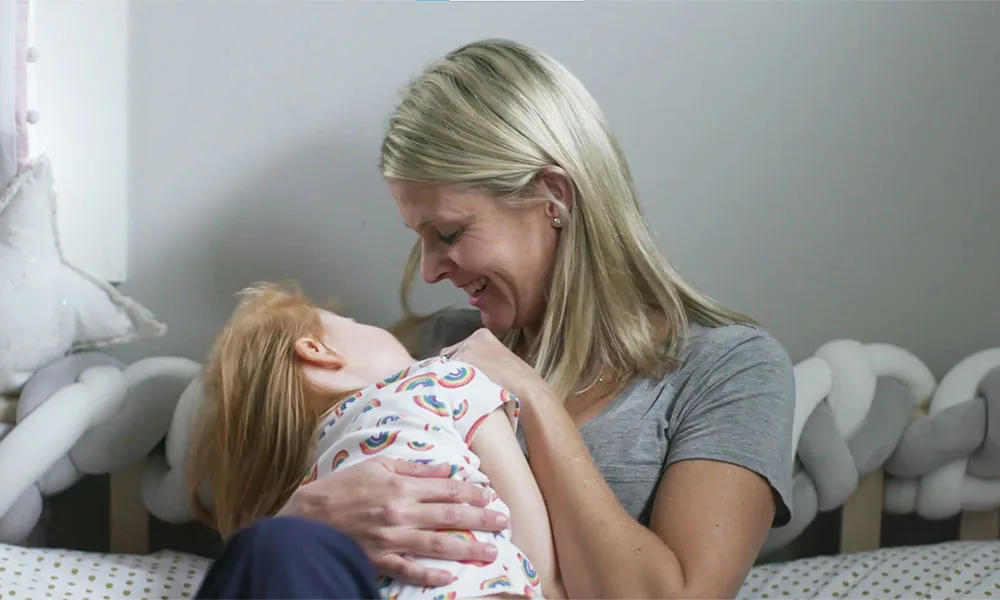July 28, 2025 - Acadia Story

I recently had the privilege of joining our scientific, clinical, and commercial leaders to host Acadia’s inaugural R&D Day in New York City. It was an extraordinary milestone that marked the first time that we’ve publicly showcased our innovation engine and affirmed our vision for becoming a leading scientific organization committed to advancing care for underserved neurological and rare diseases.
Since joining Acadia last year, I’ve seen firsthand the unique combination of scientific rigor, commitment, curiosity, and compassion that defines our work. This rare blend was on full display at R&D Day in the breadth of programs and the belief that science, done right, creates real-life impact.
What drives us is simple: enabling patients and families to share everyday moments – conversations, laughter, connection – made difficult by complex conditions.

A Diversified Pipeline with Purpose
We are building something meaningful: a robust, sustainable pipeline designed to address high unmet need in underserved neurological and rare diseases. Today, we have nine disclosed programs, of which eight are expected to be in the clinic by the end of 2025, and we have multiple undisclosed programs. Between now and the end of 2026, we expect to initiate seven Phase 2 or 3 studies, with five readouts from Phase 2 or Phase 3 trials anticipated by the end of 2027.
This momentum reflects our intention to leverage our deep insights from successes in neuropsychiatry and rare neurological conditions to expand into adjacent therapeutic areas. This “adjacency model” balances aspiration with execution and continues to guide our science and strategy.
Expanding our Therapeutic Focus
We are harnessing past learnings and insights to expand into additional therapeutic areas of focus, including Alzheimer’s and Lewy body dementia-associated psychosis and major depressive disorder. We are also building upon our understanding of neurology to expand into new and important areas of unmet need such as essential tremor, Huntington’s disease, and tardive dyskinesia. Added to this mix are innovation-enabling approaches and technologies like digital health analytics and biomarker-enabled precision medicine to help us uncover new insights, identify promising new therapies more efficiently, and accelerate the clinical development process.
We’re also exploring rare diseases in areas beyond neuroscience — such as endocrine and metabolic disorders, nephrology, immunology, and cardiovascular disease. These are conditions where we see overlapping physician communities, where our commercial footprint can scale appropriately, and where our expertise in navigating the clinical and regulatory complexity of rare diseases gives us an edge.
Focused on Rare Diseases
Among other programs springing from our commitment to rare diseases, we are rapidly advancing our Phase 3 study in Prader-Willi syndrome (PWS)-related hyperphagia, with top-line data expected in Q4 2025.
During R&D Day, we were fortunate to be joined by Susan Hedstrom, the executive director of the Foundation for Prader-Willi Research and the mother of 16-year-old Jayden, who lives with PWS. Susan shared her firsthand experience of the immense toll PWS-related hyperphagia can take on the person living with it and their family.
“This is very different from just being hungry or thinking about your next meal. This is all consuming,” Susan said. “Impactful to our family is our ability to go out into the community. Because Jayden’s always thinking about food, it leads to anxiety. If we’re going out to a restaurant, he wants to know where we’re going, what he’s going to eat, and what time it’s going to be. If anything changes in those factors, you are facing the potential of a massive public meltdown, which is the biggest fear of our family when we’re going out in public.”
“Sometimes we simply have to say, ‘Going out is not going to work today, going to the community barbeque is not going to work today, Thanksgiving with the family is not going to work today,’ because hyperphagia and the anxiety that comes with it are just all too present.”
Susan Hedstrom, Executive Director, Foundation for Prader-Willi Research
Expanding our Global Footprint
Our treatment for Rett syndrome – which remains the first and only approved treatment in the U.S. – continues to demonstrate meaningful real-world impact, supporting our plans for global expansion. With recent submissions in Europe and a planned trial in Japan, this treatment is poised to benefit even more families worldwide.
None of this would be achievable without the people behind our science. I’m incredibly proud of the R&D team we’ve assembled.
To help reach our goals, we’ve committed to building a new R&D hub in the San Francisco Bay Area — one of the world’s leading biotech ecosystems — and have expanded our presence internationally in Zug, Switzerland, a global hub for science and innovation.
These expansions reflect our belief that the best science happens when the right people are brought together in the right environments.
What's Next
Our inaugural R&D Day reinforced where we are today and illuminated the road ahead. Our goal remains unchanged: deliver more of life’s ordinary but precious moments — through science. We have the team, the strategy, and the scientific innovation needed to deliver significant advancements. And we’re just getting started.
Author
Elizabeth H.Z. Thompson, Ph.D.
Head of Research and Development



